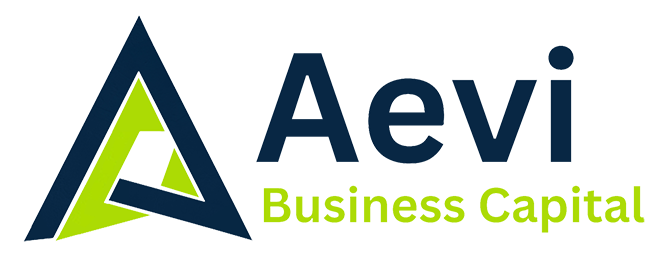
Working capital loans are a must-have financial tool for many businesses aiming to keep their operations on a steady path. Whether you’re managing day-to-day expenses or seizing an unexpected opportunity, these loans can be the lifeline ensuring your business continues to move forward smoothly. But what exactly is a working capital loan, and why is it so important? In simple terms, a working capital loan is a short-term loan designed to cover a company’s everyday operational expenses such as payroll, rent, and utilities. It’s not intended for long-term investments but to bridge the gap between your receivables and payables.
The importance of working capital loans becomes evident when you consider businesses that deal with seasonal demands or sudden market changes. Imagine a small retailer gearing up for the holidays who needs to stock up on inventory. A working capital loan can provide the necessary funds to prepare for this surge in demand without straining the business’s cash flow. By understanding and effectively managing this tool, businesses can not only stay afloat but thrive, adapting quickly to both challenges and opportunities.
What Are Working Capital Loans?
Defining a working capital loan is straightforward: it’s a short-term borrowing option that helps businesses cover immediate operational needs. These are the types of needs that ensure your doors stay open and operations run like clockwork. Unlike long-term loans that focus on significant projects like new equipment or real estate, working capital loans target the routine aspects of daily business life.
Here’s how a working capital loan stands apart:
– Purpose: Mainly used for operational expenses, rather than long-term growth initiatives.
– Duration: Typically has shorter repayment terms compared to other loans, often spanning between a few months to a year.
– Approval Process: Often quicker and involves less paperwork, catering to urgent funding needs.
For instance, a bakery might experience fluctuating costs for ingredients due to seasonal price changes. A working capital loan can help the bakery maintain its operations without interruption, even when cash flow gets tight. Understanding these differences not only clarifies what a working capital loan is but also helps businesses assess when and why they might choose this type of financing.
Pros of Working Capital Loans
Working capital loans come with several appealing advantages that make them a go-to choice for many businesses. One of the biggest perks is the immediate boost in cash flow. When you need funds promptly to handle payroll or purchase inventory, these loans can be a quick solution to keep operations running smoothly.
Another significant benefit is flexibility. Unlike specific-purpose loans, working capital loans let you decide where and how to use the money, whether it’s to cover rent, manage supplies, or handle unexpected expenses. Plus, the approval process tends to be simpler and faster compared to more traditional loans, a relief when time is of the essence.
Cons of Working Capital Loans
However, it’s also crucial to weigh the downsides that come with working capital loans. One common drawback is the higher interest rates. Given the short-term nature, these loans often come with steeper rates compared to their long-term counterparts, which can add up unless monitored carefully.
Additionally, the shorter repayment terms might be challenging for some businesses. Repaying the loan over a few months requires disciplined cash flow management, and missing payments could lead to penalties. Lastly, borrowing might increase your overall debt load, particularly if you’re juggling multiple loans.
How to Apply for a Working Capital Loan
Considering applying for a working capital loan? Start by researching and comparing different lenders to find the best terms for your business needs. Look into factors like interest rates, repayment terms, and any additional fees that may apply. Once you’ve narrowed down your choices, gather the necessary documentation—usually proof of income, business ownership paperwork, and financial statements.
The application process typically involves:
– Researching lenders: Focus on options with favorable terms and reputations.
– Preparing documents: Organize financial records, tax returns, and business licenses.
– Submitting applications: Ensure all information is accurate to avoid delays.
Be prepared for lenders to ask questions about your business operations and financial history as part of their assessment process.
Making the Right Choice for Your Business
Deciding on a working capital loan involves weighing the pros and cons based on your specific situation. Consider how the benefits, like improved cash flow and flexible use of funds, align with your business goals. Balance this with understanding potential drawbacks such as increased debt and higher interest rates.
Aligning your choice with your business needs and financial health is key. It’s wise to consult with financial advisors or loan specialists who can provide insights tailored to your situation. They can help you navigate the complexities of business finances and suggest options that align with your growth plans. Making informed decisions can set your business up for success now and in the future.
Choosing the right financial solution can make a big difference in how your business grows and handles day-to-day challenges. If you’re looking for ways to improve cash flow without taking on long-term debt, take a closer look at how financial working capital can provide the flexibility you need to move forward. Reach out to Aevi Consulting to explore custom funding options that match your goals and help you stay on track.






No comment yet, add your voice below!